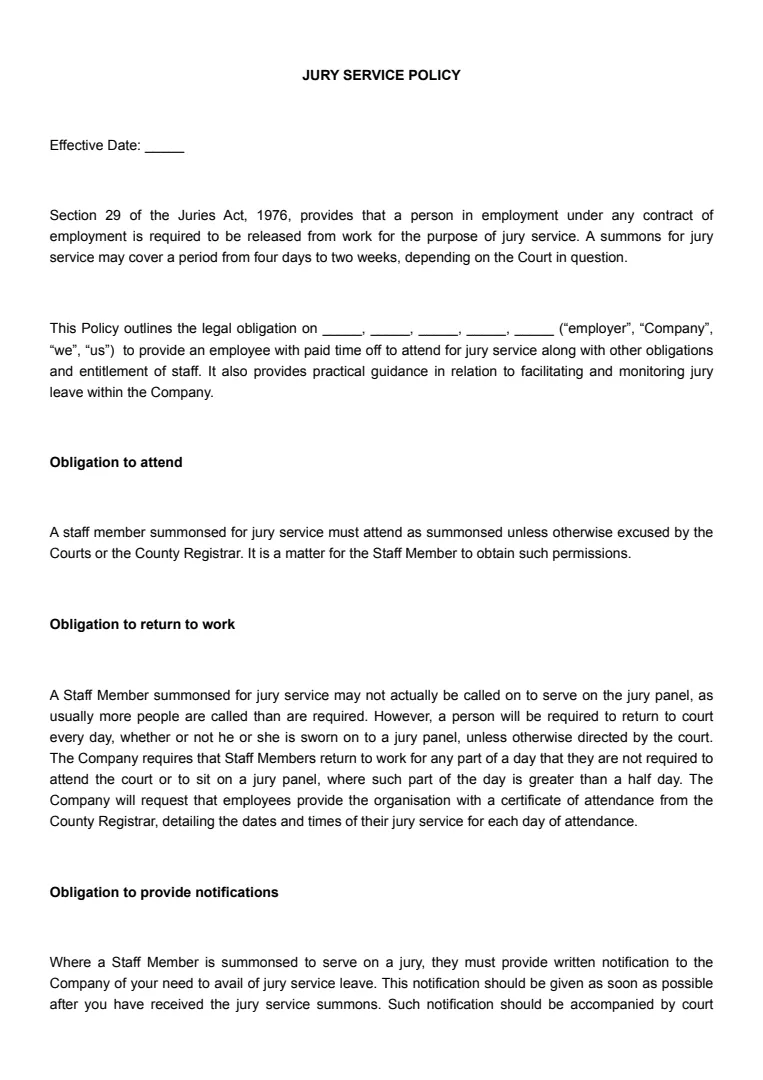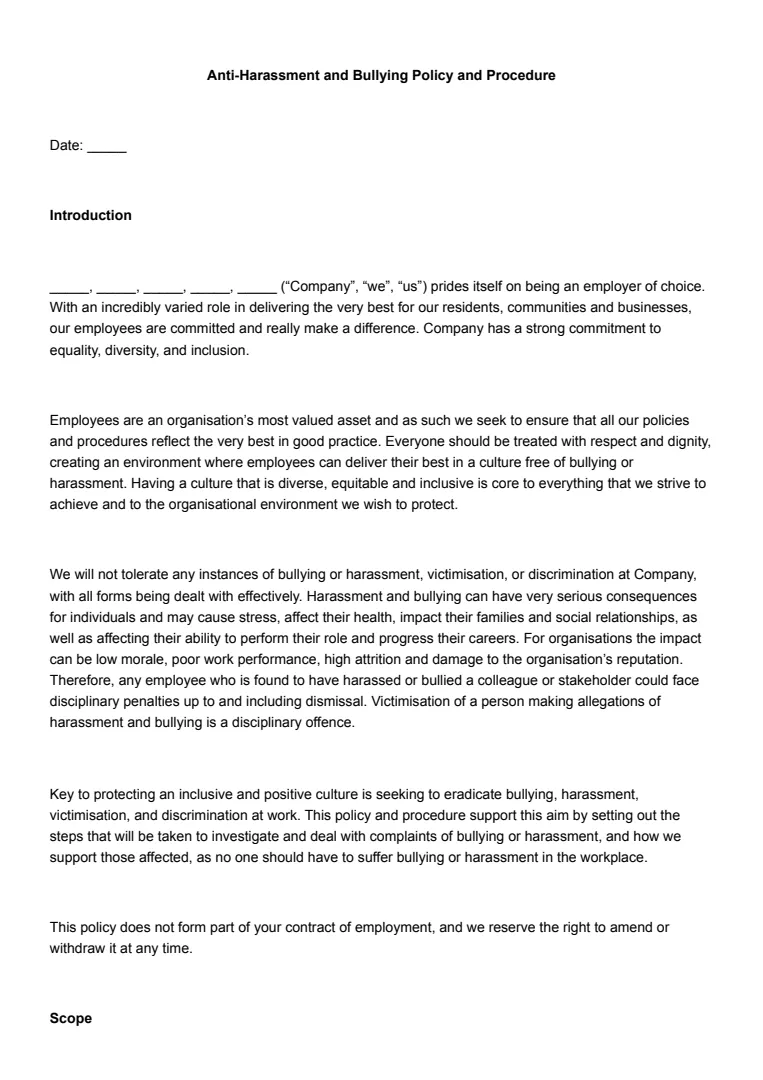What Is a Menopause Policy?
A menopause policy is a formal document that outlines an organisation's approach to supporting employees experiencing menopause. This helps create a supportive environment in the workplace.
You'll find that these policies often include guidelines for managers on how to assist staff.
They might cover how to handle conversations sensitively and provide flexibility with working arrangements.
So, why have a menopause policy in place?
- Support for Employees: It ensures staff feel understood and valued.
- Training for Managers: Provides necessary training on the subject.
Let’s look at an example. A menopause policy might state that employees can have flexible working hours, access to quiet spaces, or temperature controls to manage symptoms effectively.
The key components of a menopause policy are:
- Policy Statement: A declaration of the company's commitment to supporting menopausal employees.
- Symptoms Overview: Common symptoms, such as hot flushes or mood swings, are often listed to raise awareness.
- Support Measures: Detailed support structures available to employees, like counselling or peer group support.
Each workplace may tailor their policy differently, but the core purpose remains to foster an inclusive environment. By adopting a menopause policy, workplaces not only retain talent but also promote a culture of understanding and support.
When Is a Menopause Policy Needed?
A menopause policy becomes essential when employees are experiencing challenges related to menopause symptoms.
If you're an employer and finding that sickness absence rates are creeping up, it might be an indicator of a deeper, unaddressed issue.
These policies help to support team members, making sure they feel understood and valued.
Performance management is another area where a menopause policy can really make a difference. If someone's performance seems to be slipping, it might not just be about their skills or dedication.
Menopause symptoms, such as fatigue or mood swings, can affect concentration and productivity.
In an organisation with diverse age groups, a menopause policy is important to ensure everyone feels included and respected. It shows that you’re aware of the unique challenges people face at different life stages, and you are ready to support them.
If there's a conversation happening around equality and inclusivity in your workplace, integrating a menopause policy can be part of this broader effort. It aligns with creating an environment that's fair and supportive for all employees, not just those dealing with menopause.
Ultimately, consider implementing a menopause policy if there's a commitment to enhancing workplace well-being and retaining valuable talent.
By being proactive, you’re not just solving issues as they arise but also fostering a supportive and open work culture.
How to Write a Menopause Policy
If you’re an employer wanting to create a clear and inclusive menopause policy, you can follow these steps.
Step 1: Understand the Purpose
Start by understanding the purpose of the policy.
A good menopause policy should provide clear guidelines on supporting employees experiencing menopause. It should promote a positive and inclusive workplace environment.
Step 2: Develop a Policy Statement
Create a policy statement that expresses your organisation’s commitment to supporting the health and well-being of employees during menopause.
Clearly outline the measures your organisation will implement to foster a supportive culture.
Step 3: Identify Key Symptoms to Address
Menopause can come with a range of symptoms, both physical and psychological. Detail these in the policy so everyone in the organisation understands the potential impacts on an individual’s work life and well-being.
Step 4: Incorporate a Risk Assessment Section
Assess potential workplace risks that could affect employees going through menopause. Consider factors like temperature control, access to rest areas, and flexible work hours.
Tailor the risk assessment to suit the needs of your workforce.
Step 5: Consult With Stakeholders
Consult with various stakeholders when drafting the policy, including management, HR, medical professionals, and employees.
Feedback from different perspectives ensures that the policy is comprehensive and meets diverse needs.
Step 6: Provide Guidelines for Managers
Equip managers with the necessary training and tools to implement and communicate the policy effectively.
Since managers play a crucial role in the policy’s success, providing them with clear guidelines is essential.
Step 7: Regularly Review and Update the Policy
Menopause is an evolving area of research, and workplace needs can change. Regularly reviewing and updating the policy ensures that it remains relevant and effective for both employees and the organisation.
You can use a menopause policy template to help guide you in writing your own.













